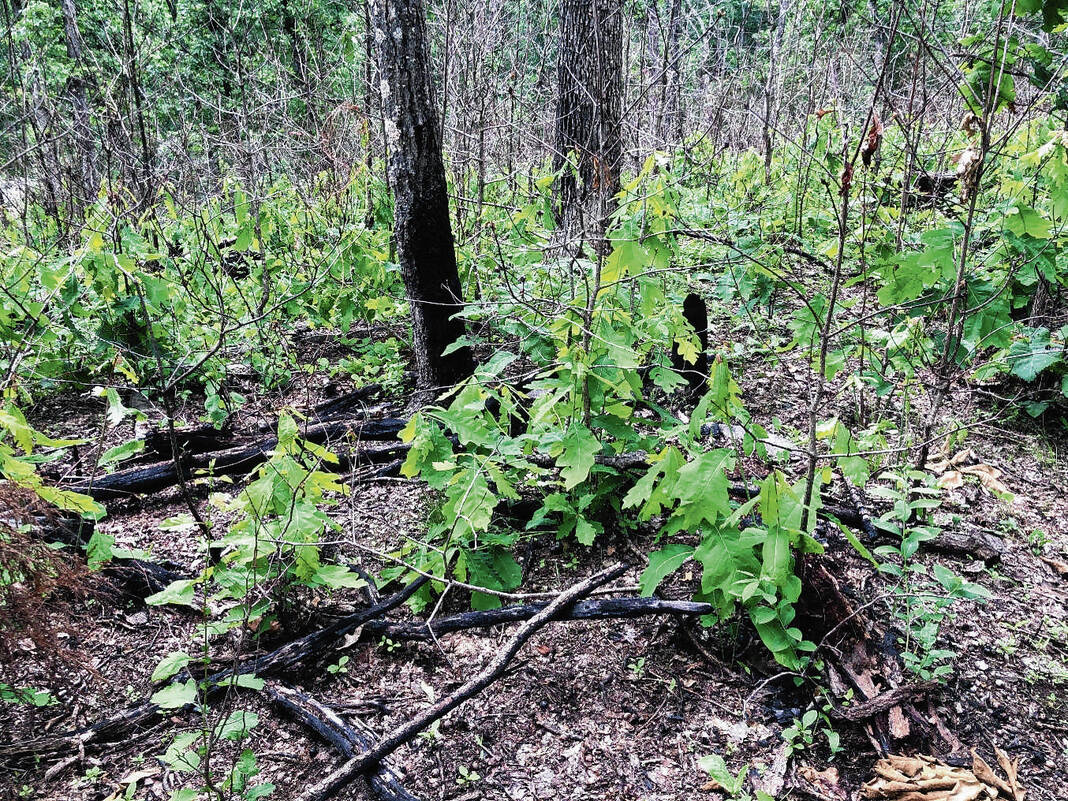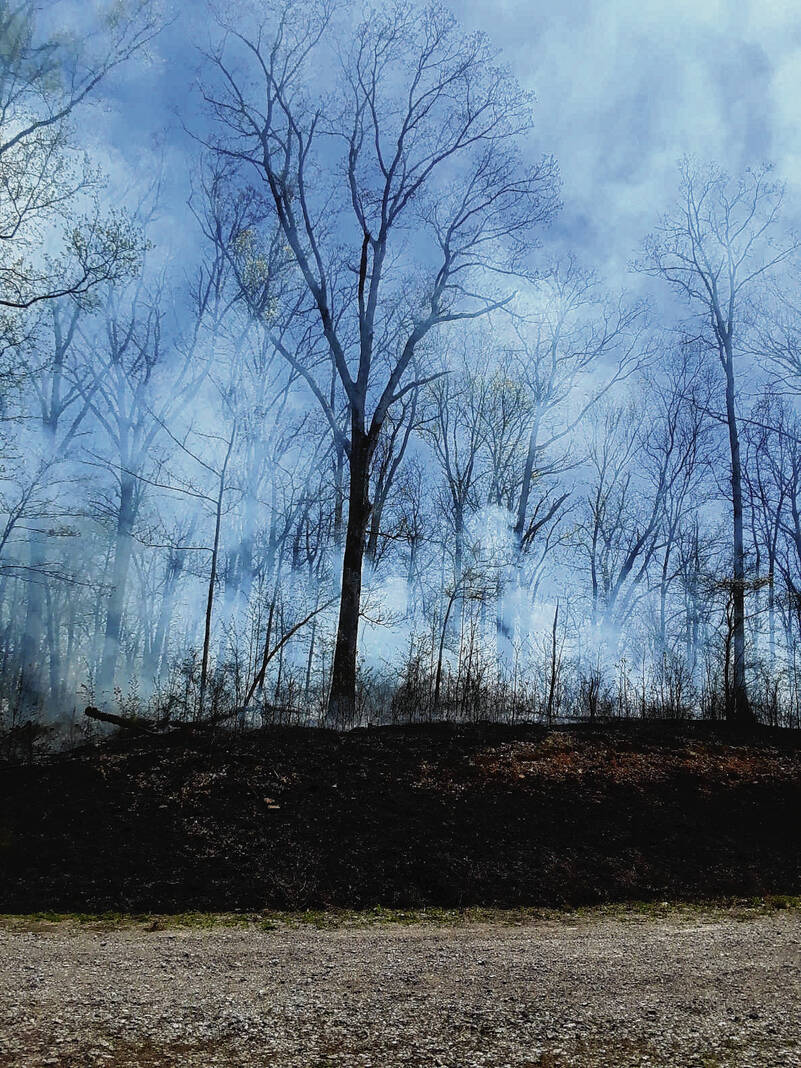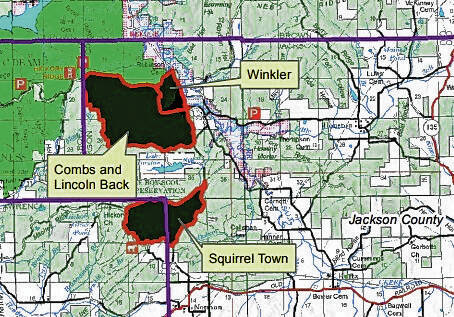The U.S. Department of Agriculture Forest Service plans to conduct seasonal prescribed burning in late winter, early spring and fall on the Hoosier National Forest.
The purpose of the burns is to maintain, restore or improve early successional habitat for wildlife, maintain wetlands, restore and maintain unique barren ecosystems and restore oak-hickory dominated ecosystems, according to a news release from Marion Mason.
Mason, a public affairs specialist with the Bedford office, reported approximately 9,000 acres are planned to receive treatment with prescribed fire this year on National Forest System lands and through agreements with private landowners in Jackson, Crawford, Lawrence, Orange and Perry counties.
Prescribed burns are planned in three areas of forest in Jackson County: Squirrel Town, Combs and Lincoln Back and Winkler.
The scientific record shows throughout history, fire played a vital and necessary role in sustaining the eastern deciduous forest ecosystem, according the forest service. Scientific research supports using prescribed burning to reintroduce low-intensity fire to its natural role within the ecosystem. Prescribed burning also reduces the amount of woody material on the forest floor, thereby lowering the risk of catastrophic wildfire and diversifies the understory plant community.
Forest service fire managers carefully follow prescribed fire plans that are up to date with the most recent science. Managers evaluate key factors and conditions the day of a prescribed burn to determine whether the burn should be implemented or not. They also use National Weather Service data to determine the best days to burn to achieve desired effects and to maximize safety. An average of 12 days per year meet the stringent requirements for prescribed burning to occur on the Hoosier National Forest.
Before lighting a burn, managers ensure many specific conditions are met, including parameters for fuel moisture, wind speed and direction and relative humidity, among other factors. Decisions are generally made the day of the burn once parameters have been measured or forecast. Therefore, advance specific notification for a particular burn can be difficult.
Forest staff notifies residents and businesses in the immediate area of the prescribed burn. Check the forest’s social media accounts for announcements of burns at facebook.com/HoosierNF and twitter.com/HoosierNF. Maps and additional details of the burn areas will be available at inciweb.wildfire.gov.
Designated burn areas are marked with signs and are closed to all public entry on the day of the burn and until the area is considered safe. Burning may affect access to hunting areas. Contact the Indiana Interagency Coordination Center dispatcher at 812-547-9262 if you plan to hunt or camp in or near prescribed burn areas.
Maps of potential burn areas are available at bit.ly/41zMjvG.
Fire managers burn only under atmospheric conditions specified in a burn plan and rely on meteorologic data to choose days in which the impacts of smoke are minimized. Smoke plumes from a prescribed fire usually rise high into the air where the smoke dissipates. If smoke is present on roadways, motorists should reduce speeds and turn on headlights.
All burns are implemented under carefully planned prescriptions and protocols to mitigate the risk of an escaped fire and smoke exposure to communities. Forest neighbors who wish to be notified of a specific date of a burn or those who wish to report medical conditions that could be affected by smoke may contact the Indiana Interagency Coordination Center dispatcher at 812-547-9262.
Last year, the U.S. Forest Service completed a 90-day nationwide operational pause and program review of protocols, decision support tools and practices related to the implementation of prescribed fire. This pause allowed time to identify and immediately implement program improvements to ensure fire staff have the resources, tools and support needed to safely carry out this important work.
The lessons learned, driven by the best available science, have been incorporated into all future burn plans.



